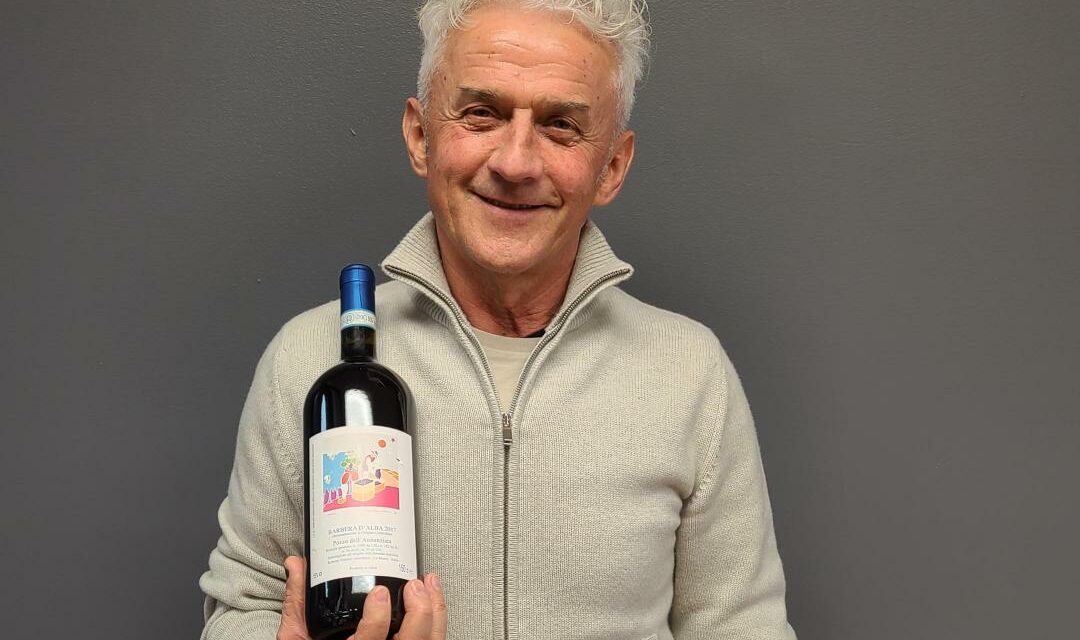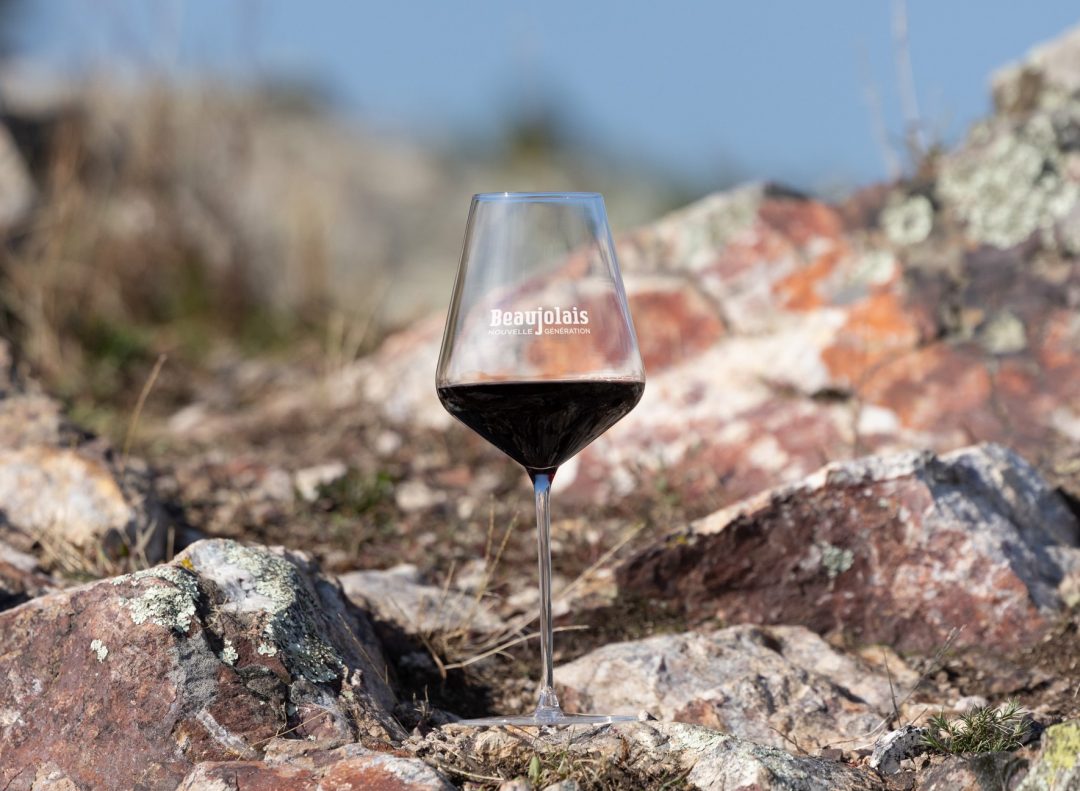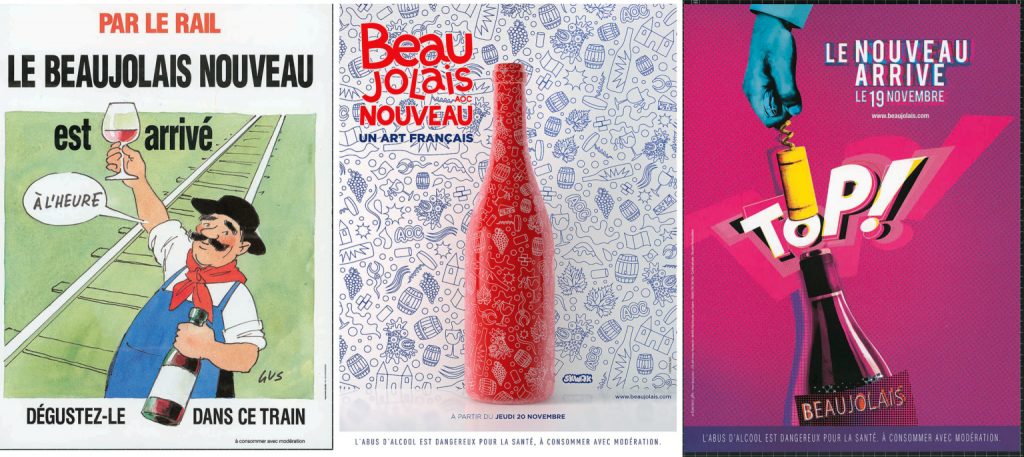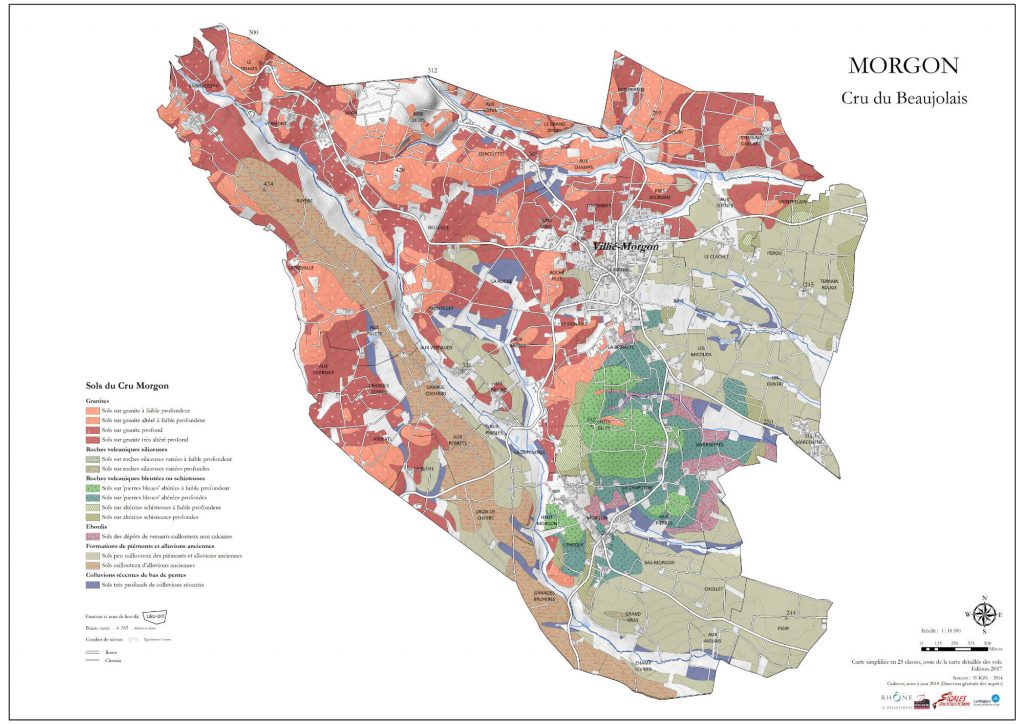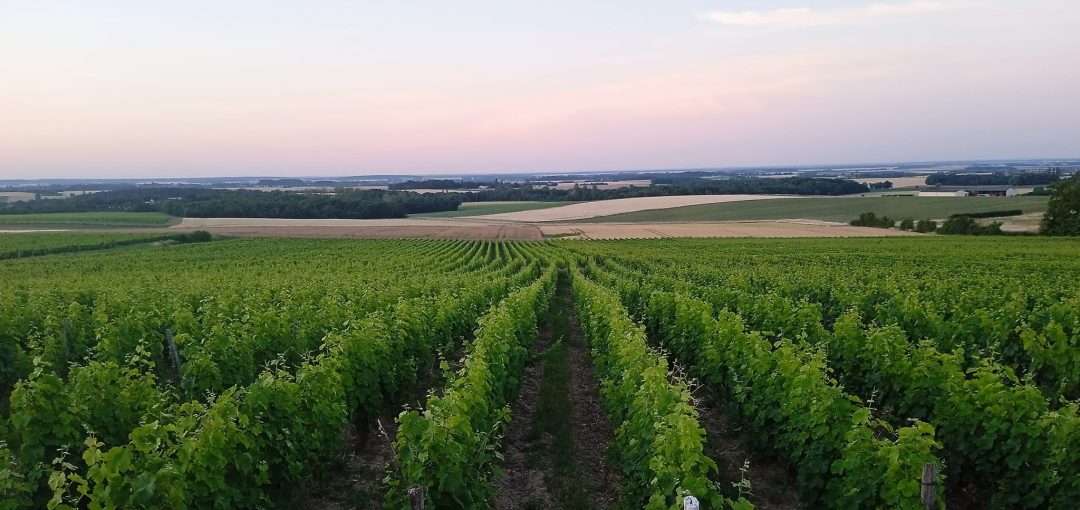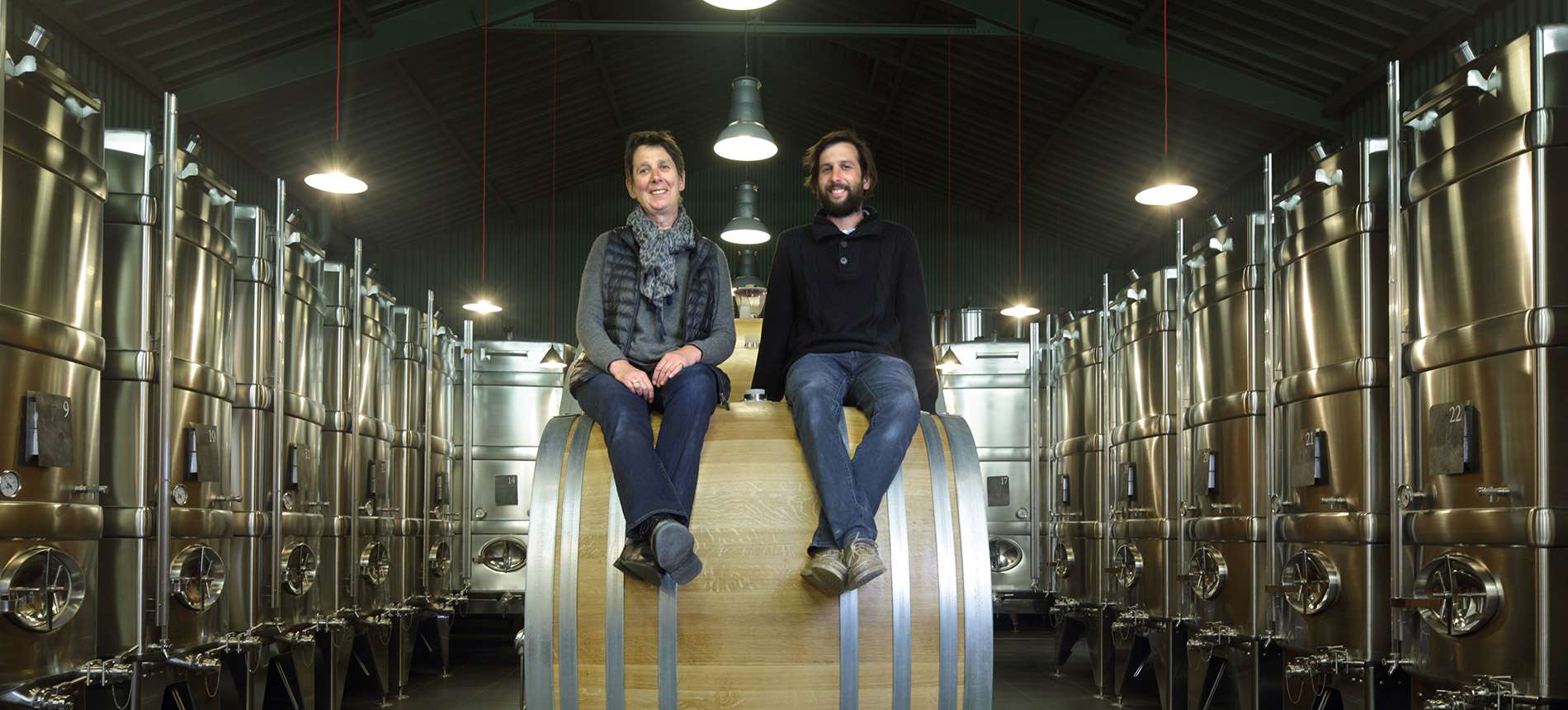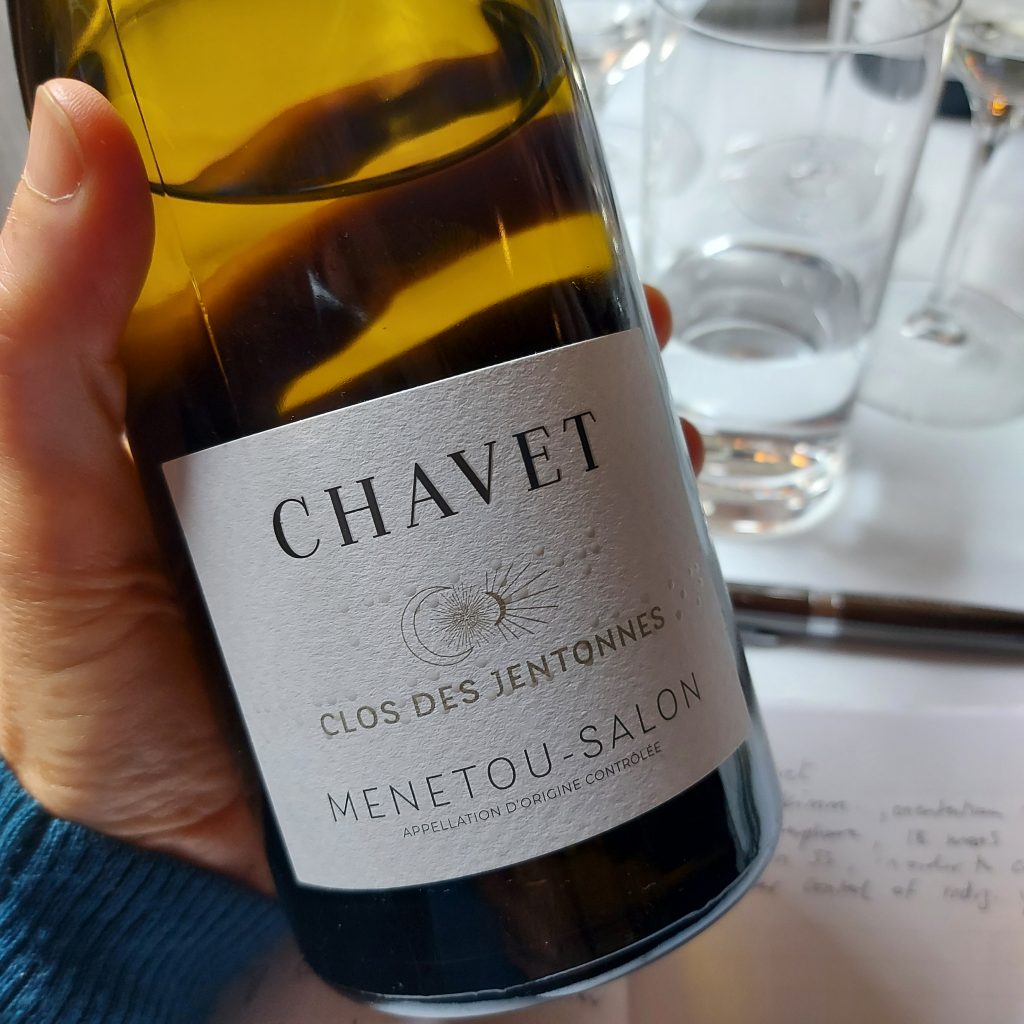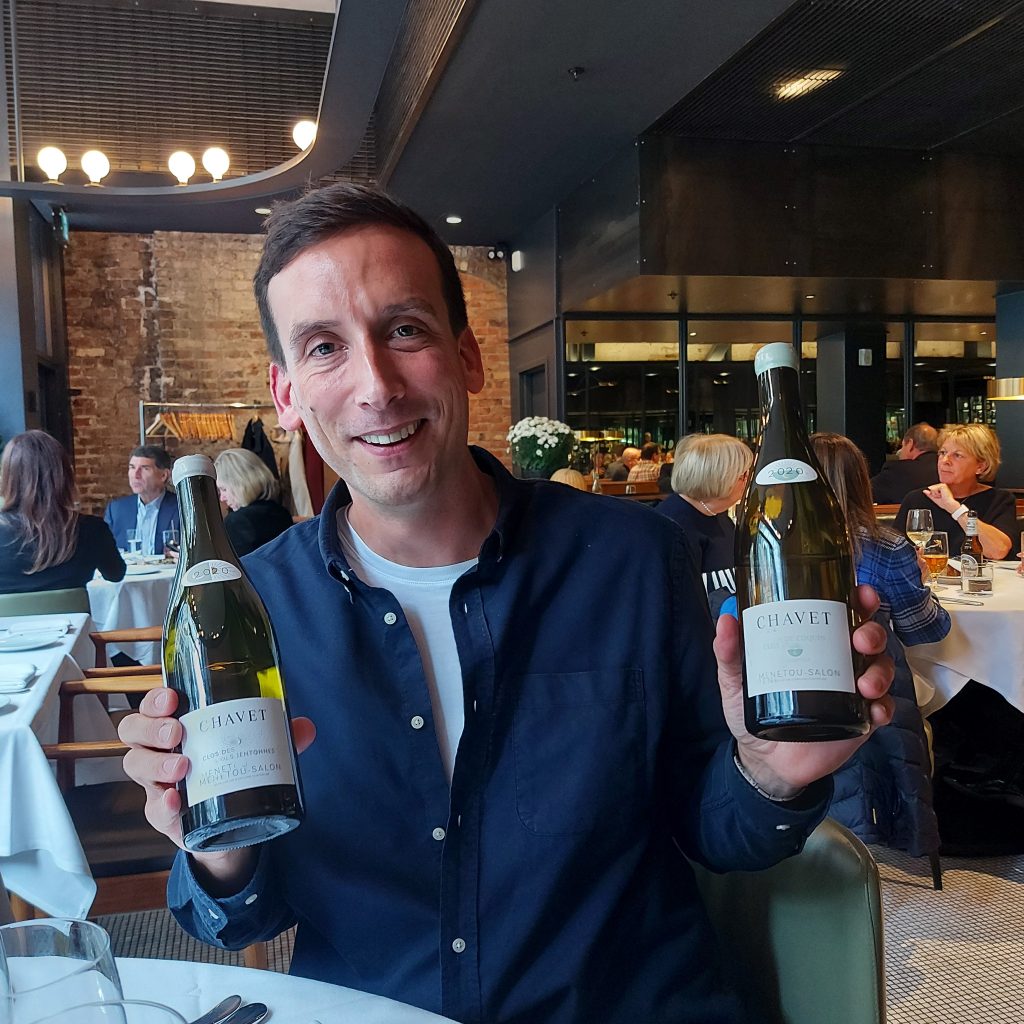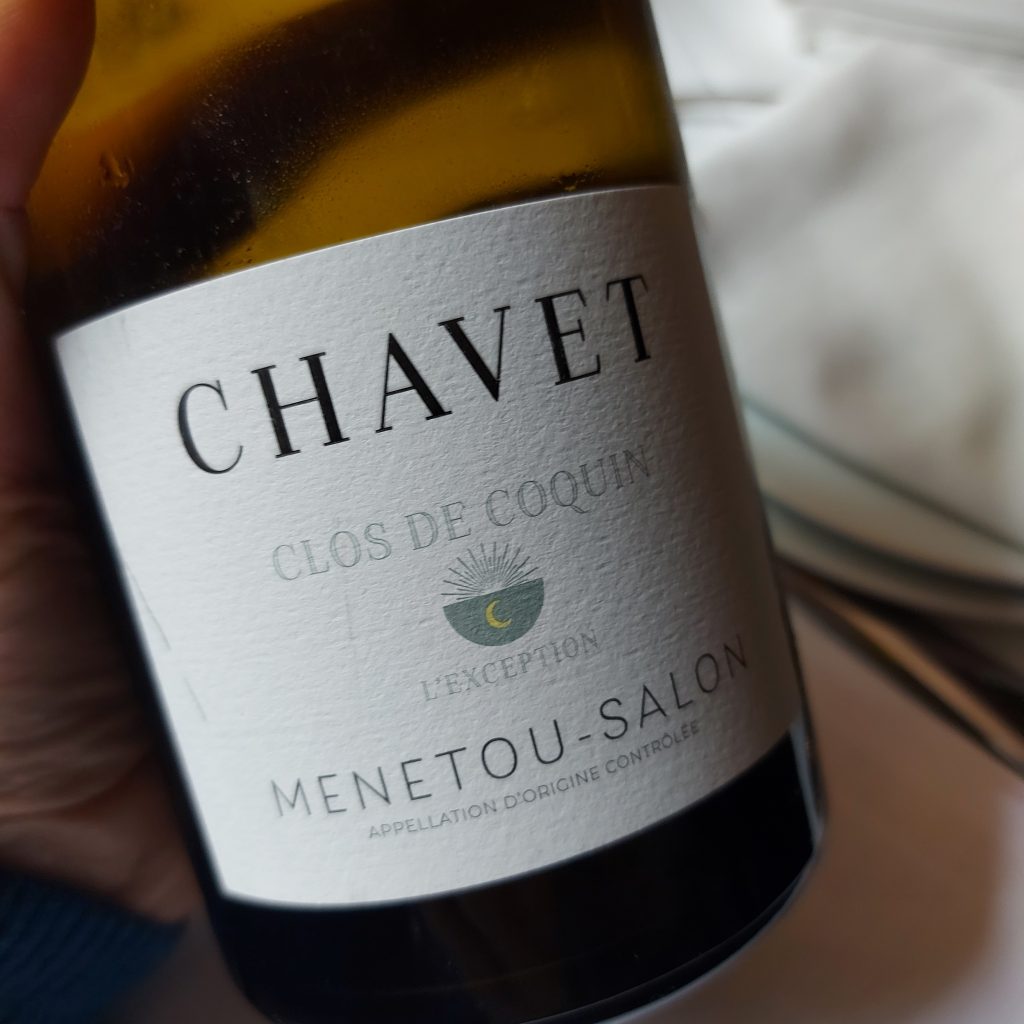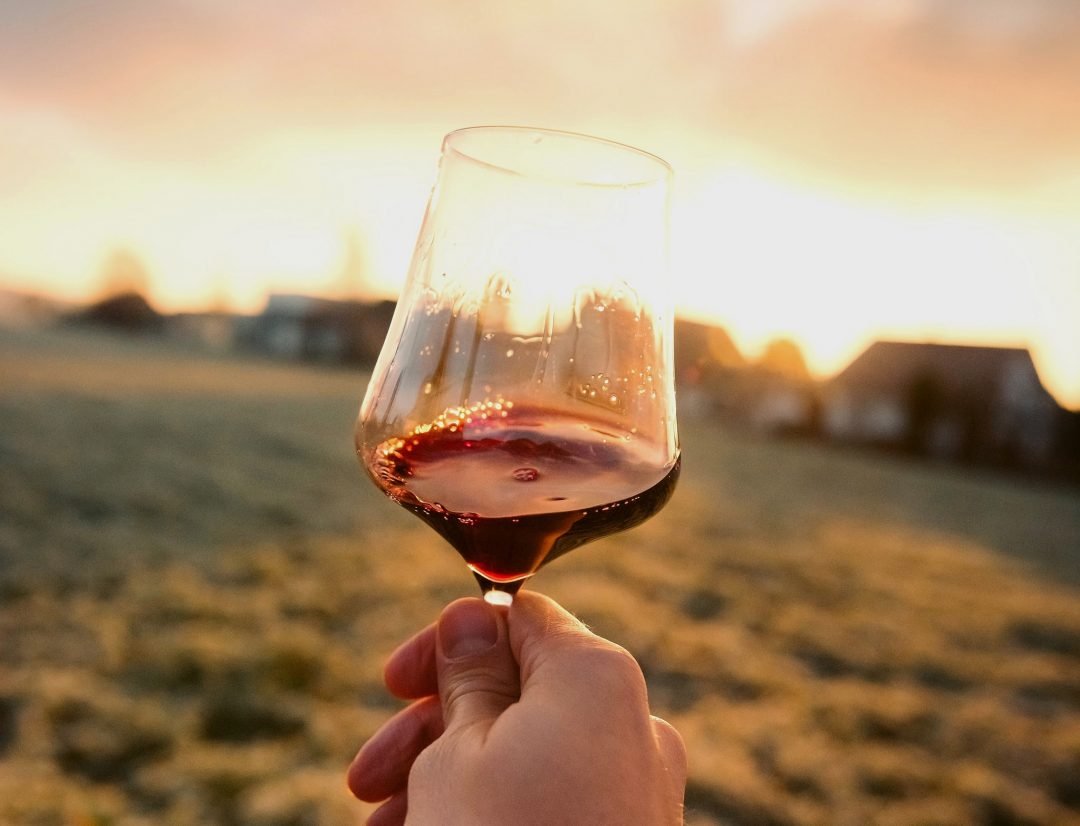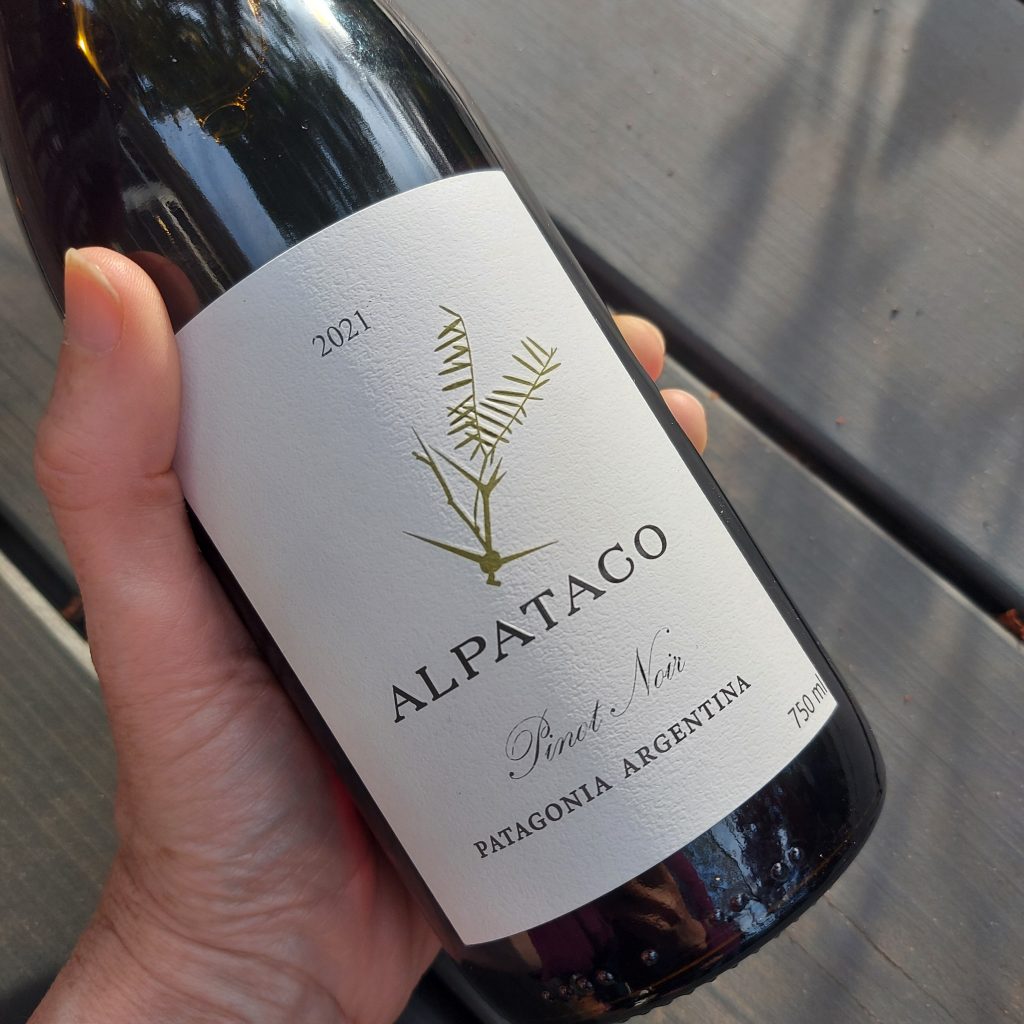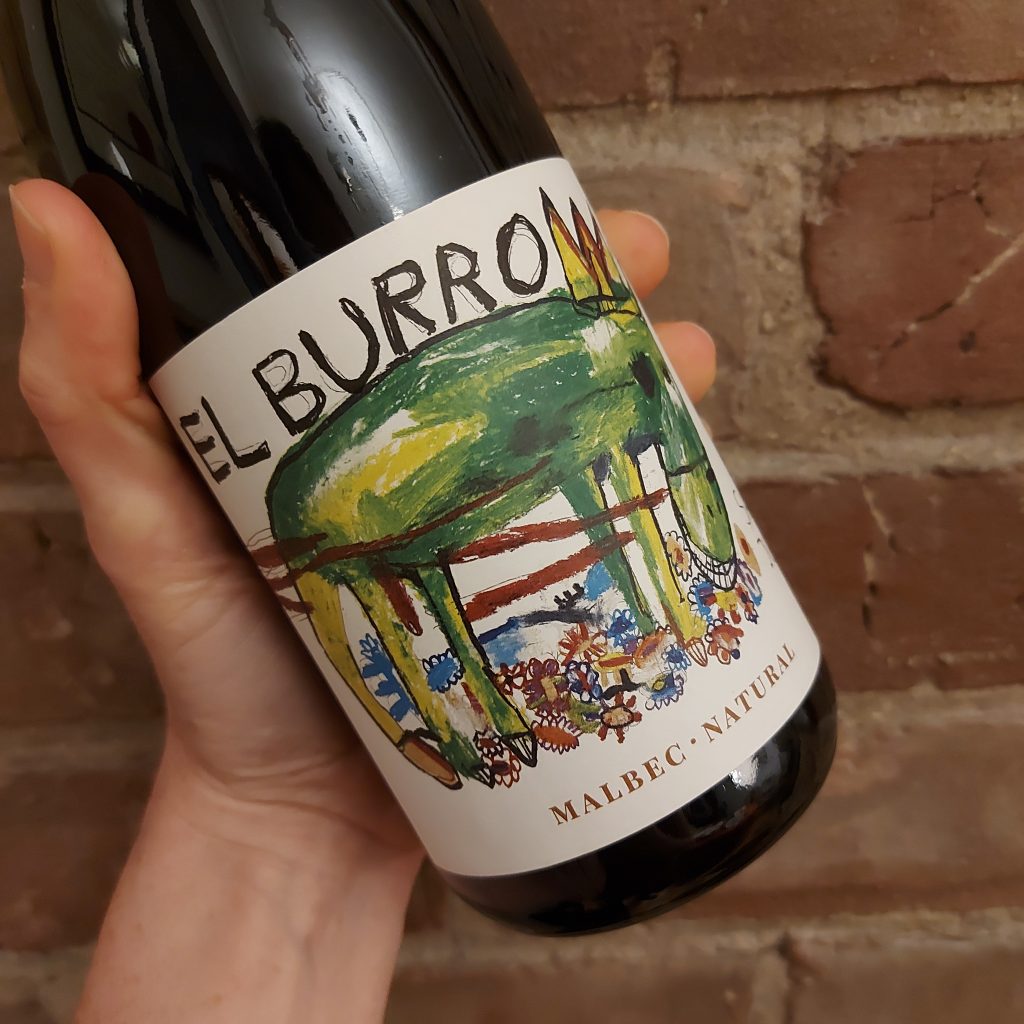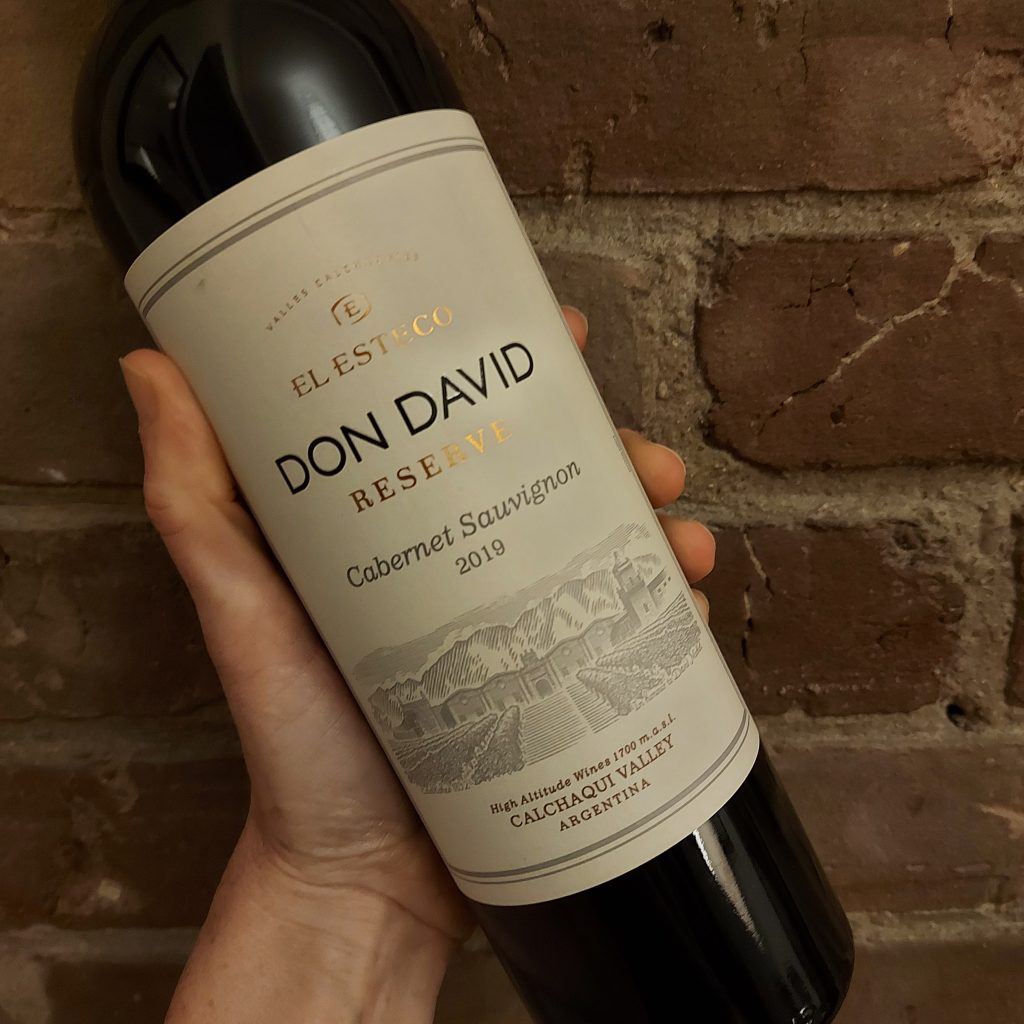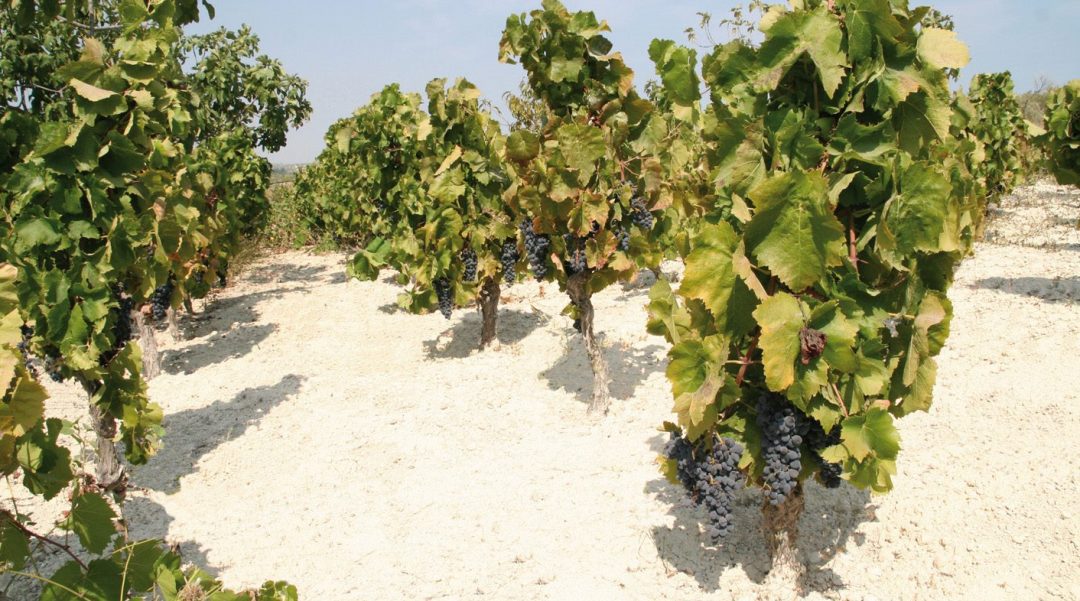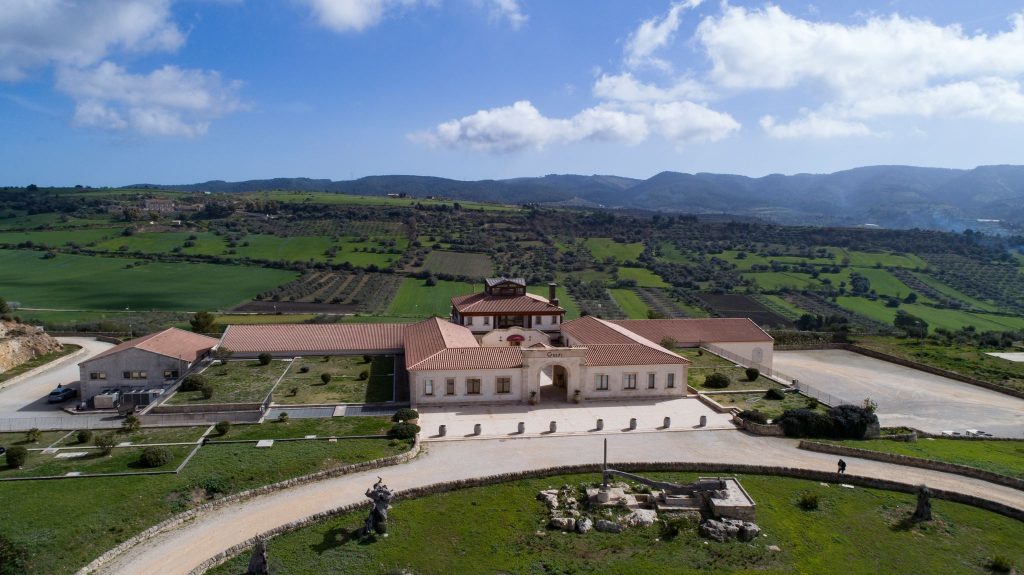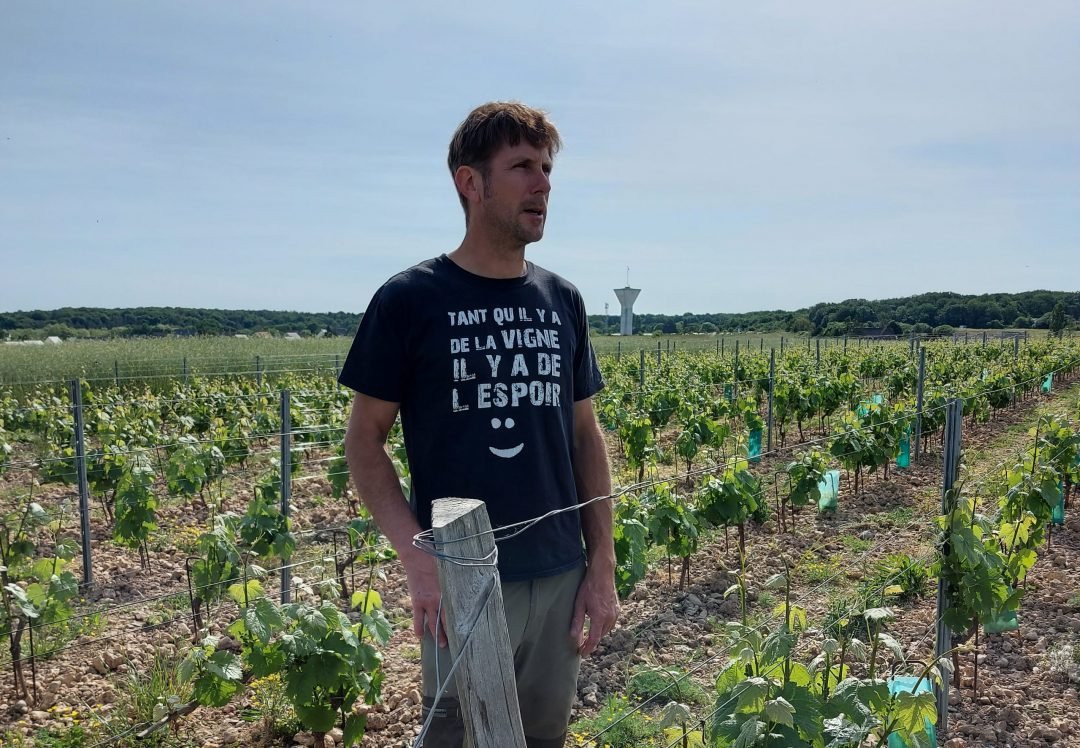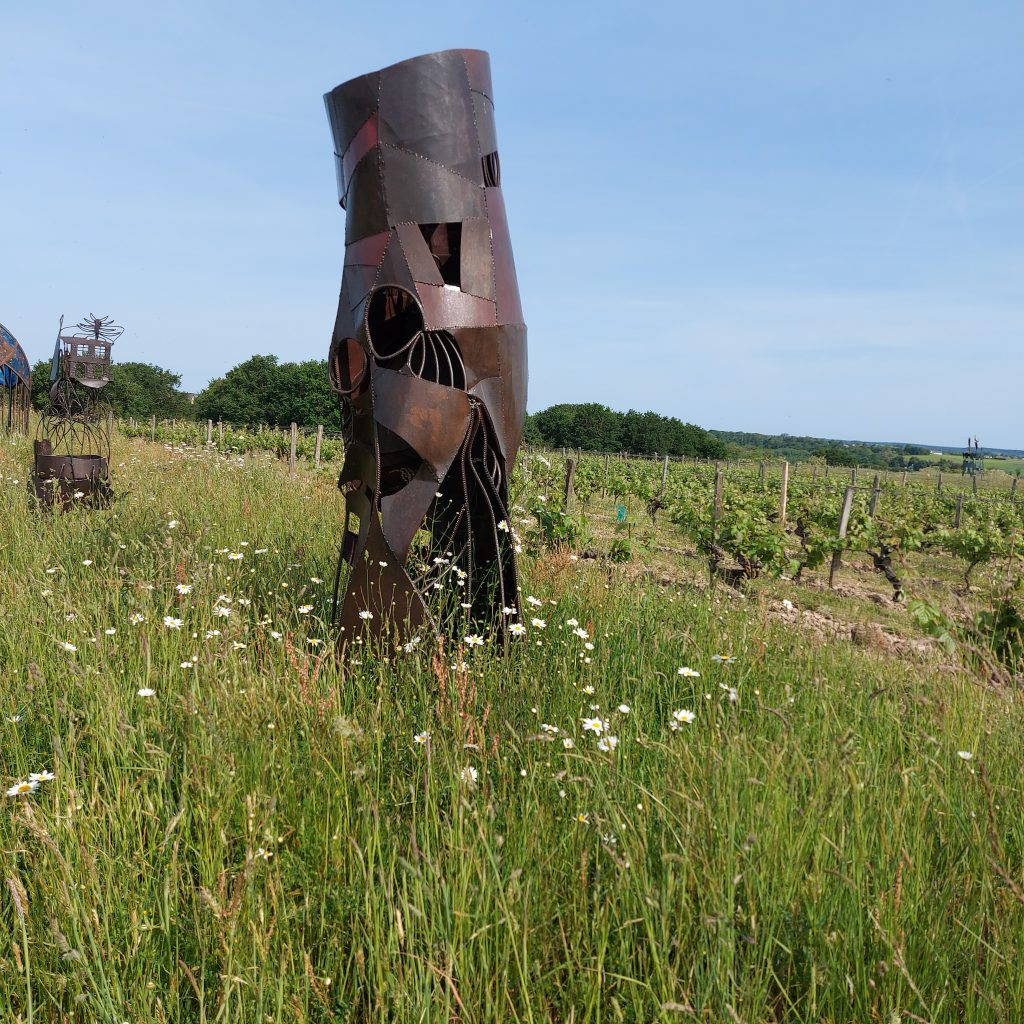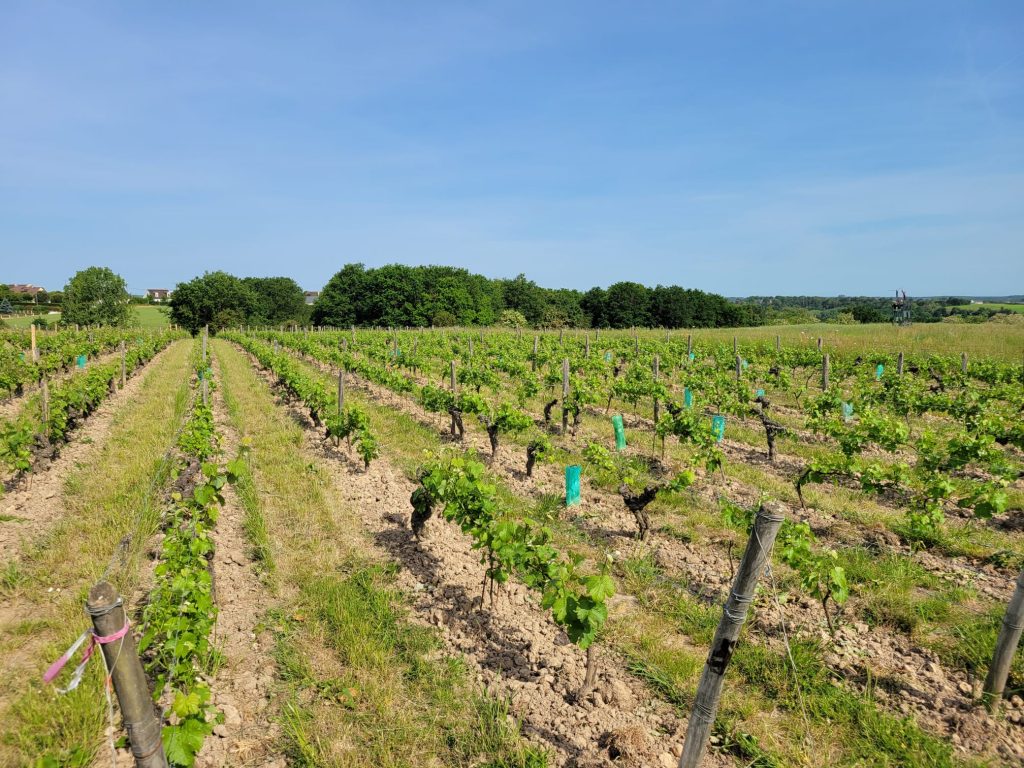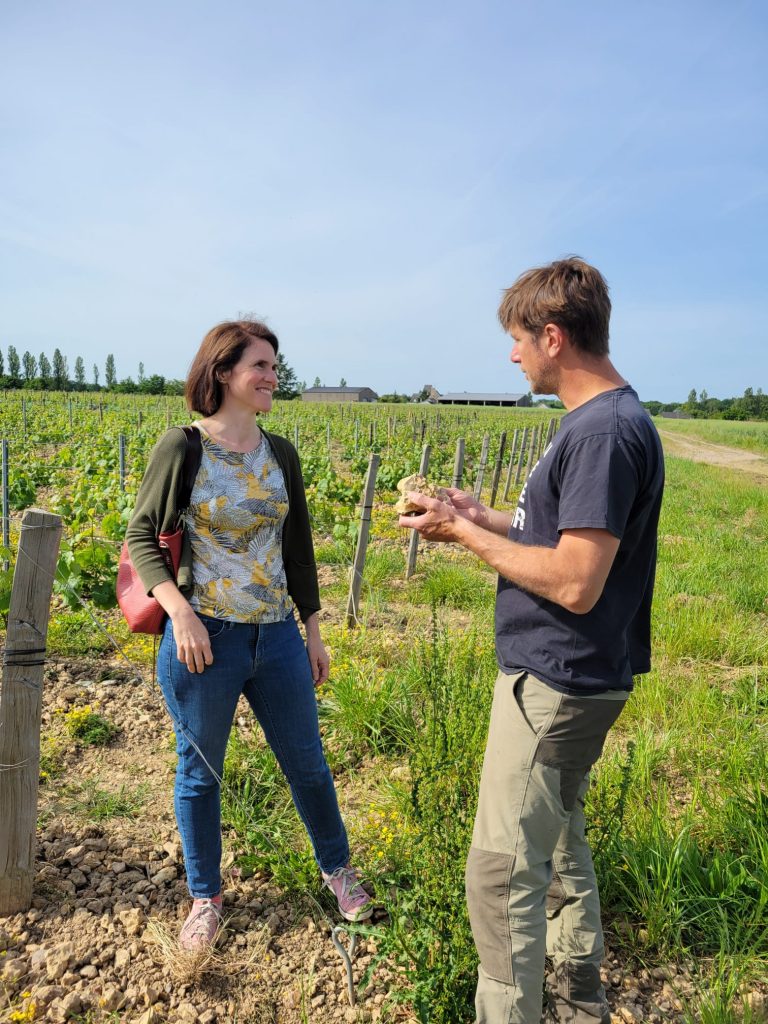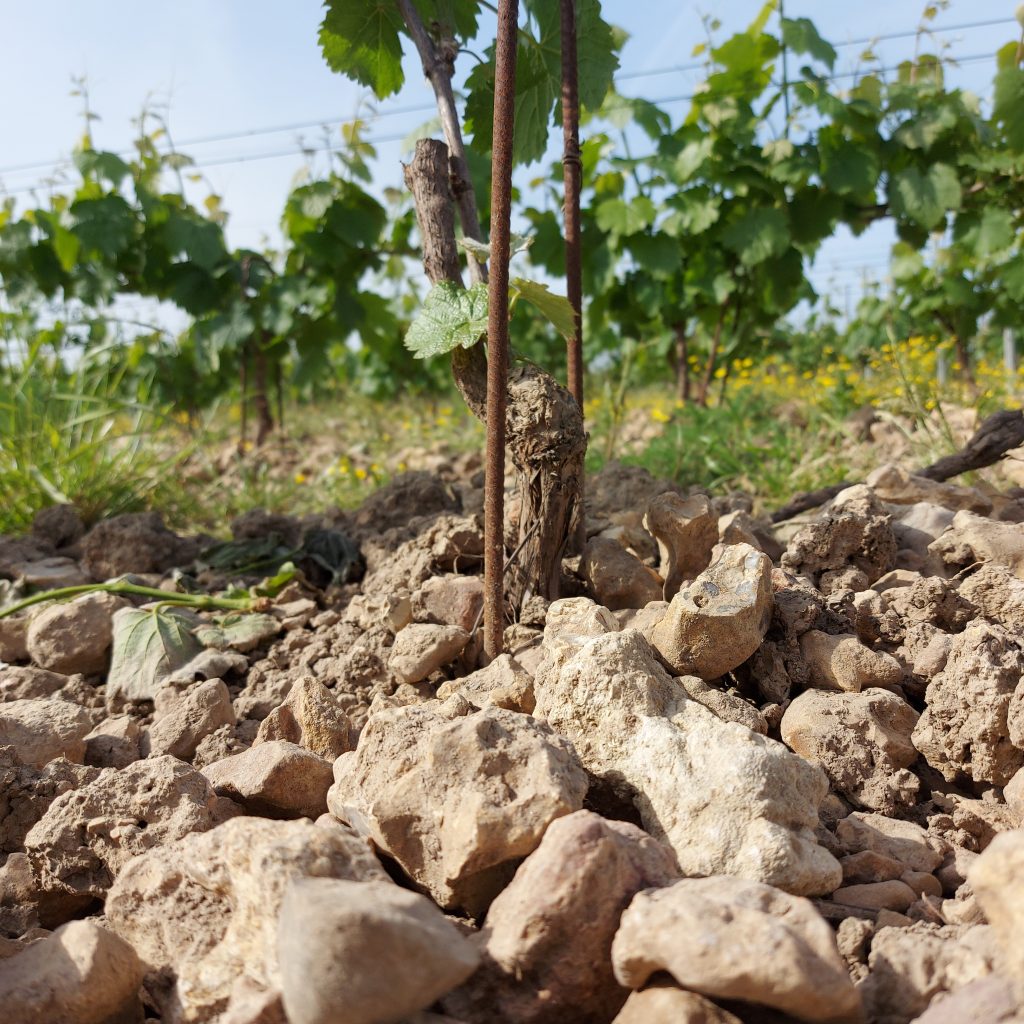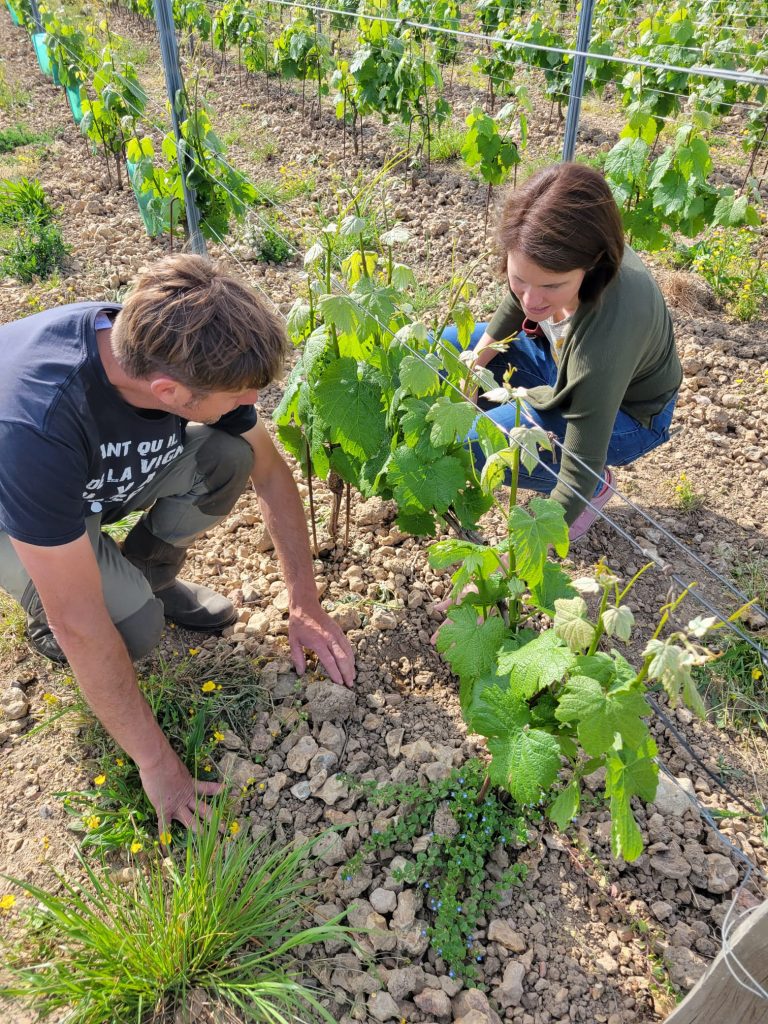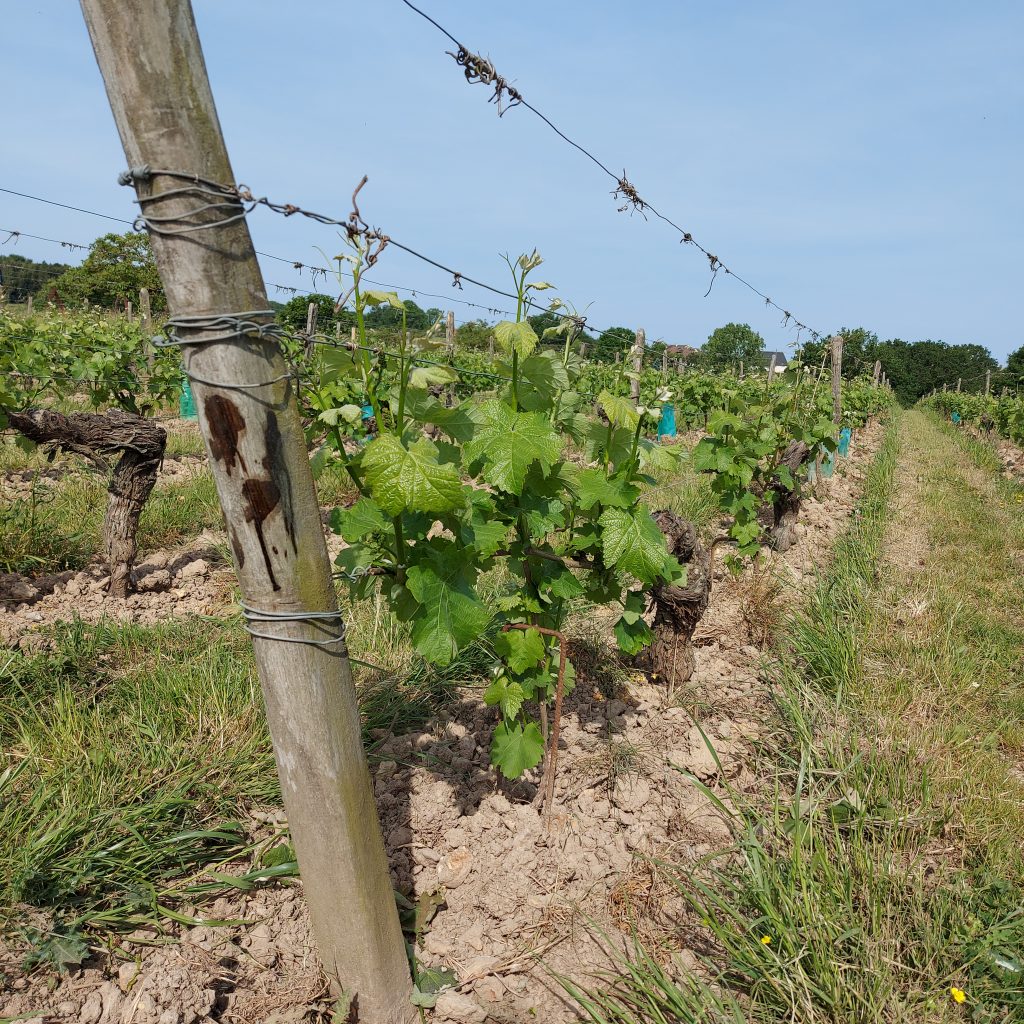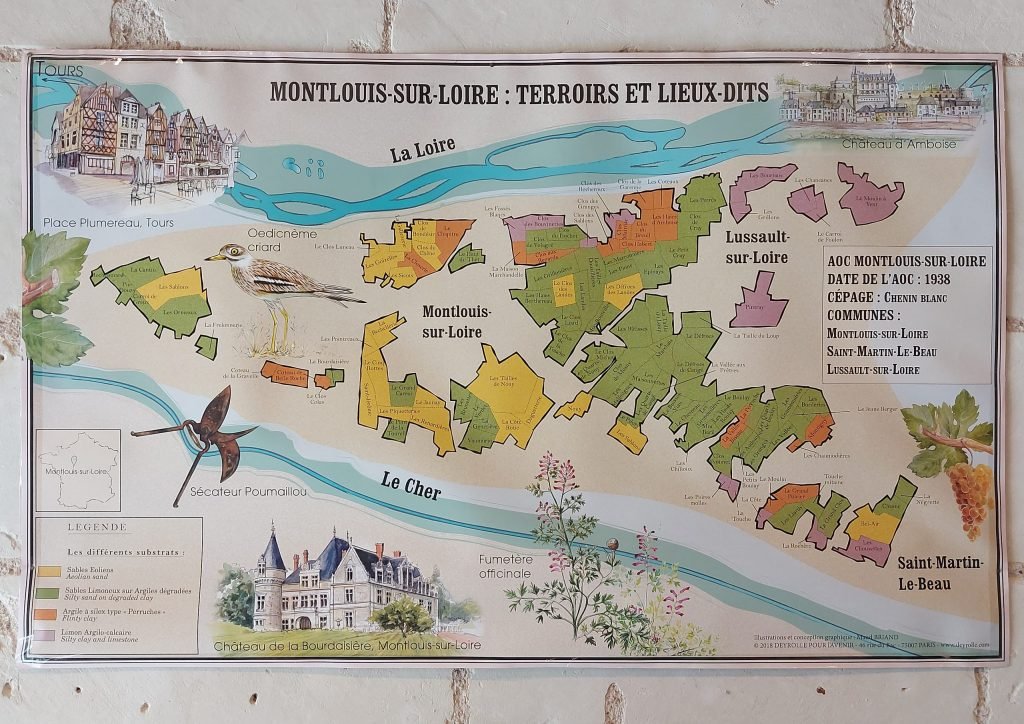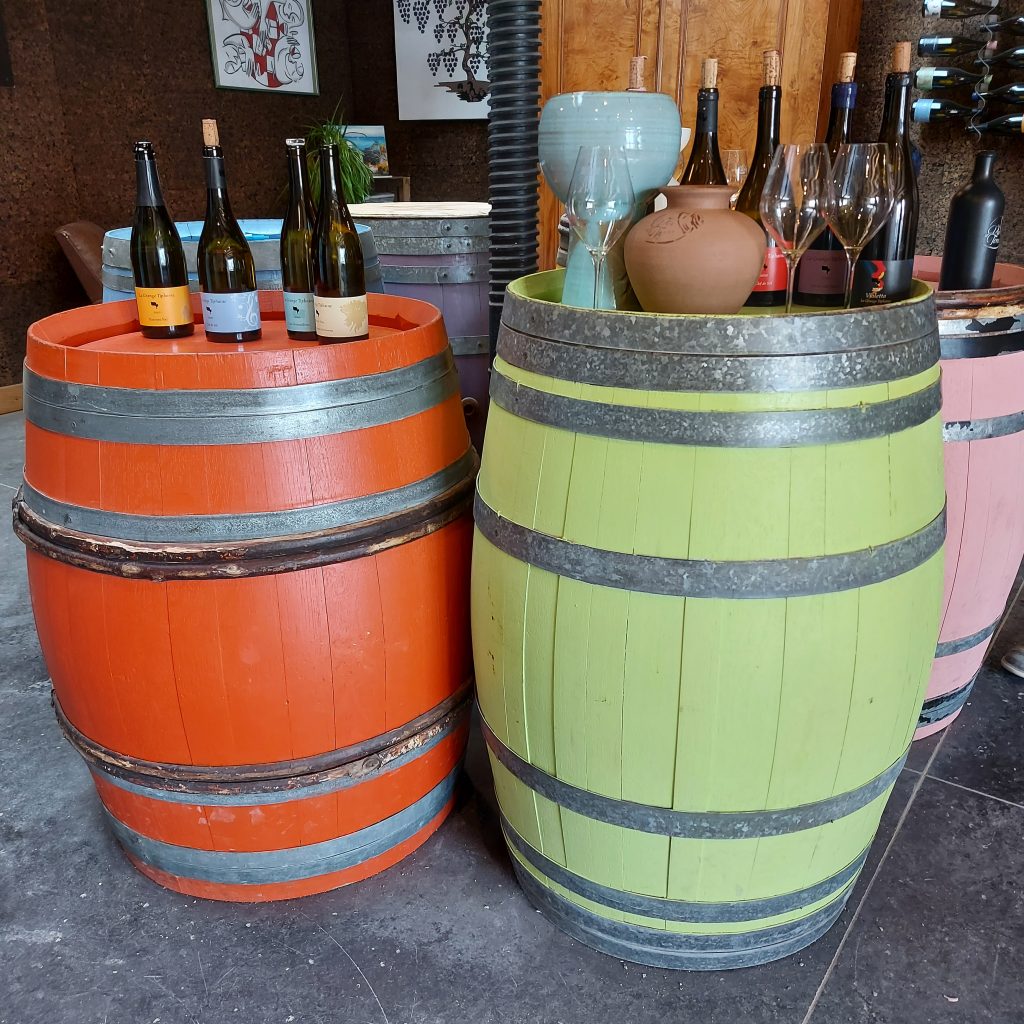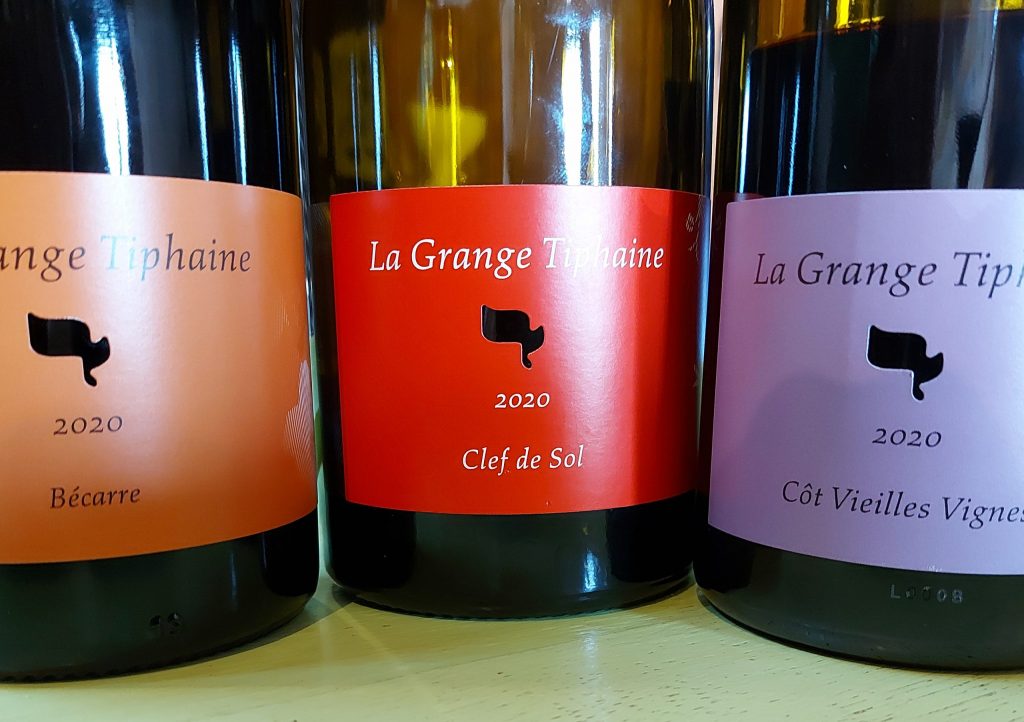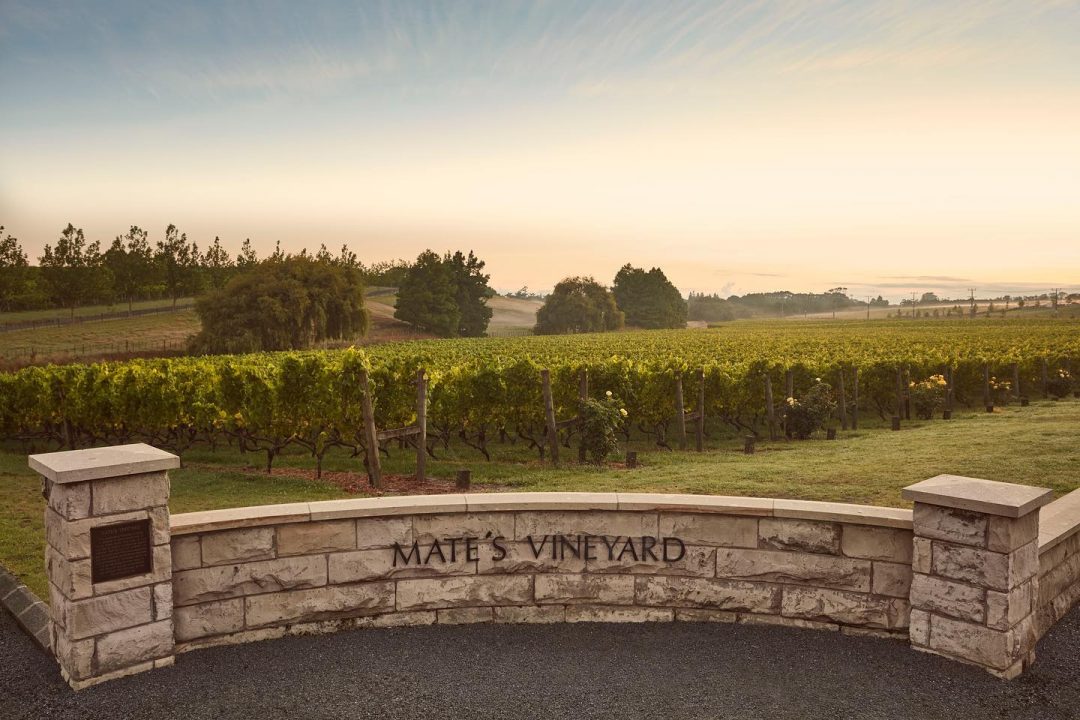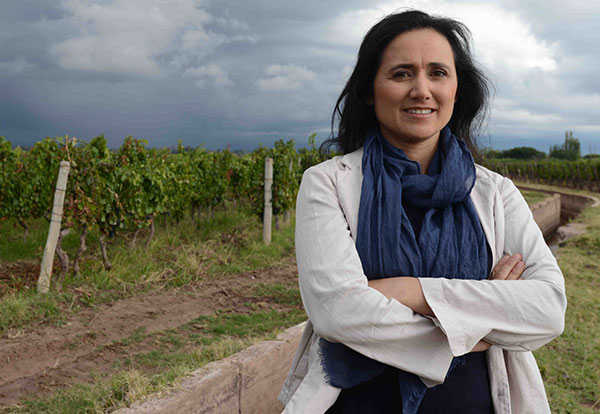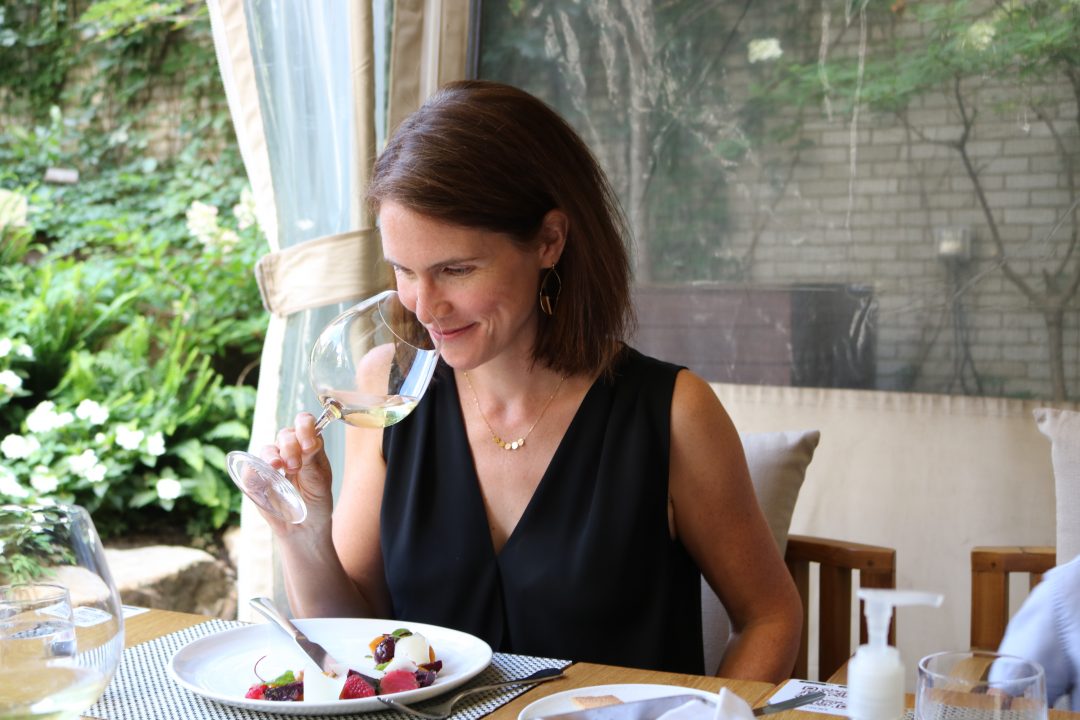It is hard to image a man prouder of his origins than Roberto Voerzio. Born and raised in the Barolo sub-zone of La Morra, Voerzio knew from a young age that he wanted to make wine. Not just any wine though; fine wine to rival the likes of Giovanni Conterno and Bruno Giacosa.
In a recent tasting together, Roberto Voerzio shared the exacting methods he has employed over the years to reach the top echelon of Barolo winemakers. Voerzio speaks simply with a twinkle in his eye. He isn’t boastful, but there is no false modesty either.
Voerzio established his winery in 1986 with two hectares of vineyards in La Morra. Today, the estate spans 35-hectares of owned and rented vineyards, with notable holdings in La Morra crus such as La Serra, Brunate, Cerequio, Rocche dell’Annunziata, Fossati, and Sarmassa (in neighbouring Barolo).
A keen observer, Voerzio travels frequently to regions like Bordeaux and Bourgogne to analyze the viticultural methods of top estates. “I like to visit right before harvest” he explained. “The vineyard work is finished and you get a real sense of how successful the estate has been”. By this, he refers to the vine’s balance and ripeness of its fruit.
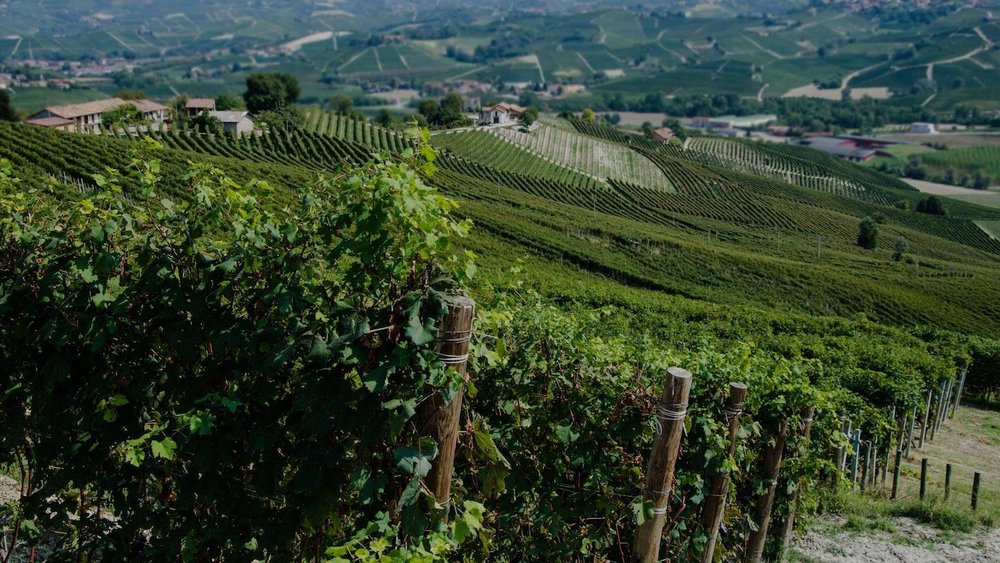
Roberto Voerzio La Morra vineyard views (photo credit: Roberto Voerzio)
Voerzio determined early on that a high-density vineyard model would produce the best quality fruit. Vines planted in closer proximity tend to produce fewer bunches, giving a smaller yield of more concentrated, flavourful grapes. In his prime vineyard sites, Voerzio plants at a density of 9,000 to 11,000 vines per hectare; well over double the average for Piedmont.
From planting to winter pruning, and throughout the growing season, Voerzio works tirelessly to achieve his desired, low crop level. He leaves just five to eight buds during the initial pruning and thins the crop twice during the summer.
“In cooler, less sunny seasons, I start green harvesting in early July to ensure the grapes ripen fully. In warmer years, I wait a few more weeks” he says. A second round of grape thinning occurs mid-August, to decrease the size of each cluster, cutting the bottom portion to concentrate richness of flavour among the upper grapes. For top crus, the yield at harvest is often as low as 500 to 700 grams per plant.
This is obviously not the most economical way to make wine, Voerzio admits with a chuckle. However, he says with a widening grin, “I do it for the glory of the wine”.
Roberto Voerzio has no organic certifications, but his vineyards are cultivated without chemical entrants. Cow manure is used to fertilize vines as needed. No herbicides, fungicides, or pesticides are employed.
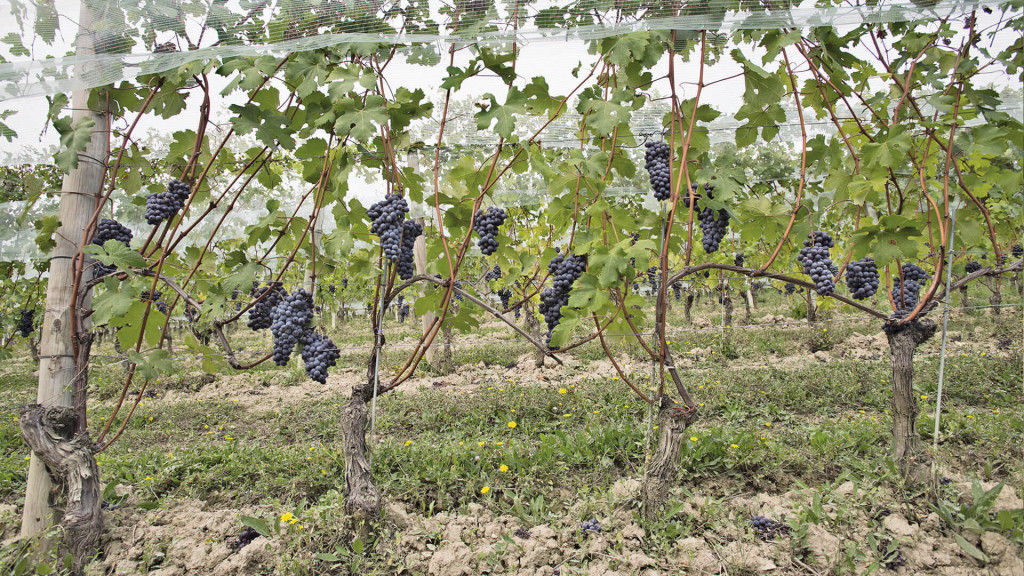
Low yields in Roberto Voerzio La Morra vineyards (photo credit: Roberto Voerzio)
In the cellar, Voerzio’s wines are made via spontaneous fermentation with native yeast. Alcoholic fermentation lasts 15 to 30 days in tank. The Nebbiolo and Barbera cuvées are then racked to a mix of seasoned Slovenian oak botti of varying sizes, and a small portion of French oak. Sulphur levels are less than half the regulated dose. The wines are bottled unfined and unfiltered.
ROBERTO VOERZIO BAROLO DEL COMMUNE DI LA MORRA 2016 – 93pts LW
This is something of a “house” Barolo for Voerzio, made from a blend of five cru vineyards, namely La Serra, Fossati, Cerequio, La Rocche dell Annunziata, and Case Nere. La Morra is often described as the most elegant and approachable of Barolo’s sub-zones, with sandy, clay-rich Tortonian soils.
Aromas of wild rosemary and thyme give way to red currant, plum, dried citrus, and wildflowers on the nose. The palate is full-bodied, yet sinewy in structure, with lip-smacking acidity, and vibrant red fruit, herbal flavours. Finishes very fresh and precise.
Where to Buy: $163.50 (small allocation of 2018 vintage at the SAQ)
ROBERTO VOERZIO BARBERA D’ALBA “POZZO DELL’ ANNUNZIATA” 2017 -95pts PW
Barbera is the most widely grown grape in the Piedmont region. I have had many easy-drinking, great value Barbera wines in my time, and a handful of serious stand outs but nothing of this calibre. The Pozzo dell’Annunziata cuvée really shows what the grape is capable on the right site, at low yields, in the right hands.
The 2017 vintage is redolent with dark cherries and plum aromas, over layers of prune, woodsmoke, dark chocolate, licorice, and cedar. Juicy and ripe fruited on the palate, with a fleshy, full-bodied core, and velvety finish. Savoury flavours mingle with plum and dried herbs on the very persistent finish.
Where to Buy: $48.50 (sadly sold out…)
ROBERTO VOERZIO BAROLO “FOSSATI” 2015 – 97pts. LW
Fossati lies on the western side of La Morra, adjacent to the Case Nere and La Serra crus, at 350m altitude. The soils are stoney and light, with clay layers. The vines are particularly deep rooted here, stretching down to ten metres in places. Voerzio describes Fossati wines as deep in colour, with pronounced tannins, and vivid aromatics.
Successive waves of ripe dark and red fruit, wild berries, barnyard hints, dried orange peel, and cedar waft from the glass of this seductive 2015 Fossati. The palate is initially understated, with a supple, suave quality that broadens and deepens on the mid-palate. A lively hum of acidity vibrates through the wine, complimenting the firm, chalky tannins and lifting the finish.
Where to Buy: $462.50 (small allocation of 2018 vintage at the SAQ )
ROBERTO VOERZIO BAROLO “CEREQUIO” 2012 – 96pts. LW
Cerequio is surrounded by equally prestigious La Morra cru vineyards on the western side of La Morra. The hillside plantings sit at 300 metres altitude on a bed of white clay over blueish marl sub soils. According to Voerzio, its wines are very round, elegant, and ethereal in nature with lively red fruit flavours.
The 2012 vintage is fragrant and complex, with dried fruit and dried rose petal aromas, over hints of truffle and eucalyptus. Initially rich and velvety on the palate, tapering to ripe, yet still somewhat grippy tannins. A concentrated core of minty, dried red fruit, and earthy flavours linger long on the finish.
Where to Buy: $462.50 (small allocation of 2018 vintage at the SAQ)
This “Roberto Voerzio Barolo” piece is re-printed (with permission) from my article written for Good Food Revolution. If you want to learn more about artisanal food, wine, beer and spirits, check out their excellent website.

